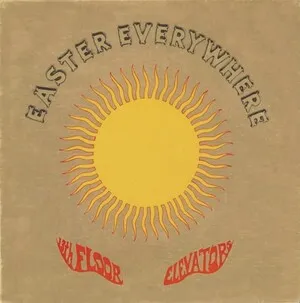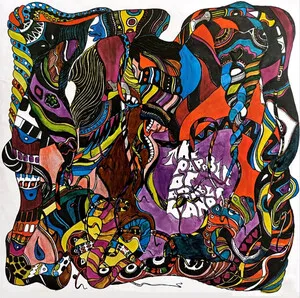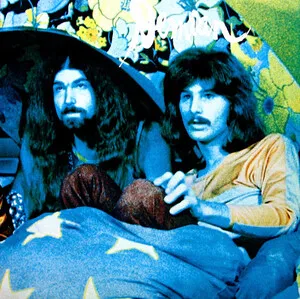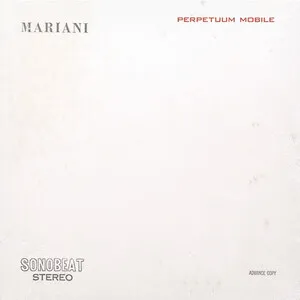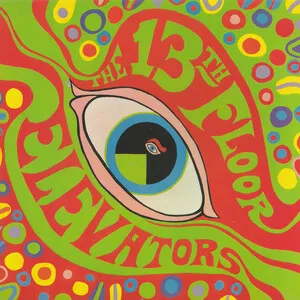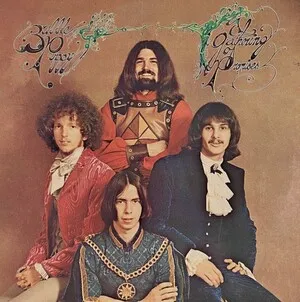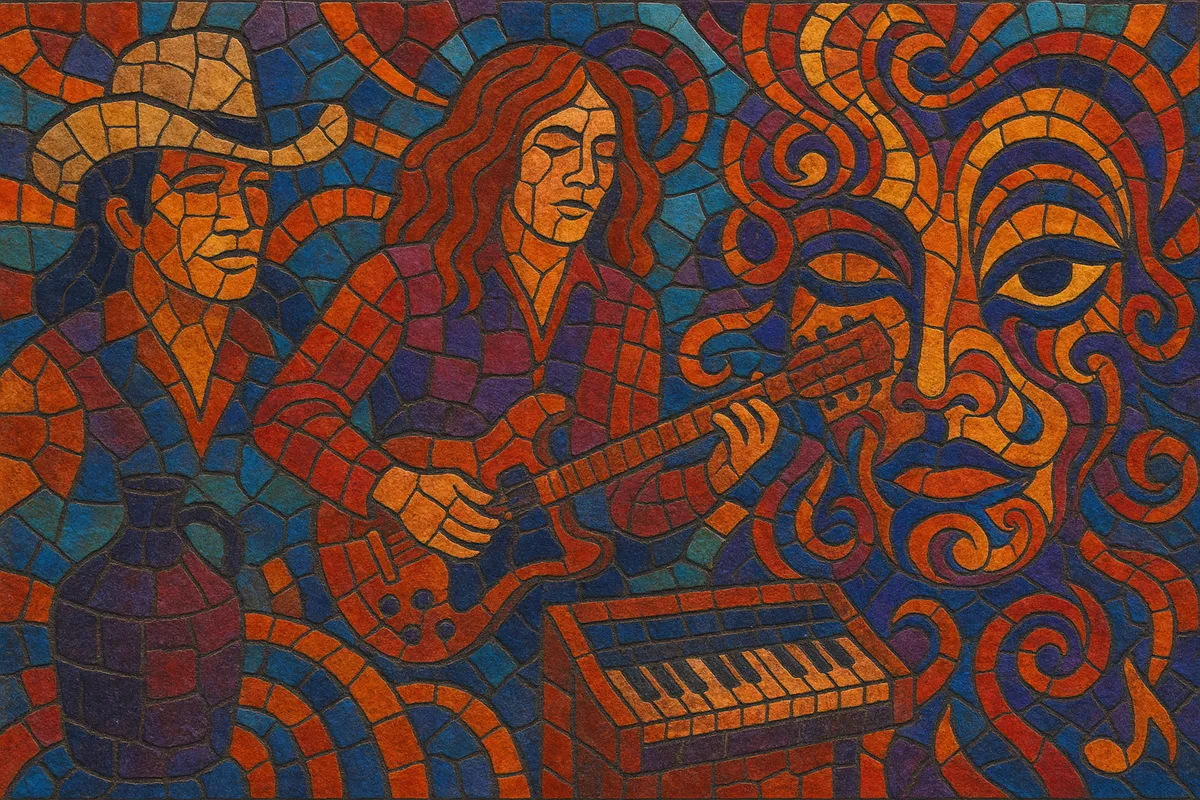
The Texas psychedelia scene refers to the mid-to-late 1960s wave of psychedelic rock and acid-laced garage bands centered in Austin, Houston, Dallas, San Antonio, and Corpus Christi.
Compared to the more ornate San Francisco sound, Texas psych was rawer, louder, and more blues- and garage-driven—built on fuzz-drenched guitars, droning modal jams, spring reverb, primitive tape echo, and a distinctive Texan twang. The scene’s sound fused electric Texas blues, bar-band energy, country/folk inflections, and LSD-era surrealist lyricism. Iconic traits include trance-inducing one-chord vamps, buzzing leads, Farfisa/Hammond organ swells, and, uniquely, the amplified electric jug popularized by the 13th Floor Elevators.
A key infrastructure element was Houston’s International Artists label, which documented much of the movement. Venues like Austin’s Vulcan Gas Company and Houston’s Love Street Light Circus & Museum helped incubate the sound and visuals (light shows, posters, and kinetic stagecraft).
Texas psychedelia coalesced around 1965–1966 as garage bands across the state absorbed British Invasion rock, American R&B/blues, and the expanding psychedelic culture. The 13th Floor Elevators catalyzed the sound with the single "You're Gonna Miss Me" (1966), pairing Roky Erickson’s ecstatic yowl with Tommy Hall’s amplified jug and a lysergic, modal-fuzz attack.
Houston’s International Artists label became a hub, releasing landmark records by the 13th Floor Elevators, The Red Krayola (aka Red Crayola), Bubble Puppy, The Golden Dawn, Lost and Found, and more. Clubs like Austin’s Vulcan Gas Company and Houston’s Love Street Light Circus fused music with immersive light shows, while teen venues and radio helped spread a garage-psych ethos across Dallas, San Antonio, and Corpus Christi.
Unlike the more orchestrated coastal scenes, Texas psych stayed gritty and hypnotic: loud tube amps, spring reverb, tape echo, fuzz pedals, Farfisa organs, and propulsive, blues-steeped rhythms. Lyrics skewed visionary, mystical, and cosmic, but with a plainspoken Texan bite. Bands leaned on modal vamps (often Mixolydian/Dorian), pentatonic blues leads, and extended jams.
The scene faced legal pressures, drug busts, lineup turmoil, and shifting trends. Some musicians pivoted to other styles: Billy Gibbons’ Moving Sidewalks evolved toward what would become ZZ Top; Austin’s counterculture energy later fed the "cosmic cowboy"/outlaw country era. By the early 1970s, the first wave of Texas psych had largely dissipated.
Texas psychedelia’s recordings became cult touchstones via reissues and compilations (e.g., Nuggets-era rediscovery). Its DNA strongly informed the 1980s Paisley Underground, 1990s–2000s neo-psychedelia and stoner rock, and modern Austin psych (e.g., Levitation/Austin Psych Fest), preserving the state’s reputation for raw, trance-inducing, blues-rooted psychedelia.
Use fuzzed-out electric guitars (Fender/Gibson through tube amps), spring reverb, tape/analog-style delay, and a bright combo organ (Farfisa or Hammond). Bass should be round and assertive; drums dry, driving, and slightly overdriven. If you want a signature twist, experiment with an amplified jug (percussive breathy pulses) or harmonica.
Favor modal vamps (Mixolydian or Dorian), pentatonic/blues-scale leads, and one- or two-chord drones to build trance. Common feels include I–bVII–IV in Mixolydian, or extended I-chord grooves with chromatic embellishments. Guitar melodies should be singable yet searing—double with organ for extra bite.
Blend garage-rock downstrokes with Texas blues shuffles and straight-ahead rock beats. Mid-to-brisk tempos (≈110–150 BPM) keep momentum; occasional halftime drops heighten the trip. Percussion can include maracas, tambourine, or jug thumps for hypnotic propulsion.
Deliver emotive, slightly overdriven vocals—ranging from ecstatic shouts to haunted croons. Lyrics should be visionary and sensory: inner journeys, cosmic imagery, desert/highway vistas, and altered states. Keep lines direct and memorable even when surreal.
Track live if possible; embrace tape-like saturation, plate/spring reverbs, slapback, and echo swells. Hard-panned guitars/organ and feedback tails add space. Keep mixes raw and present—clarity without losing grit.
Alternate concise, hook-forward singles with longer jam sections. Use dynamic lifts (pedal-point builds, drum breaks, feedback swells) to morph grooves without heavy chord changes.

